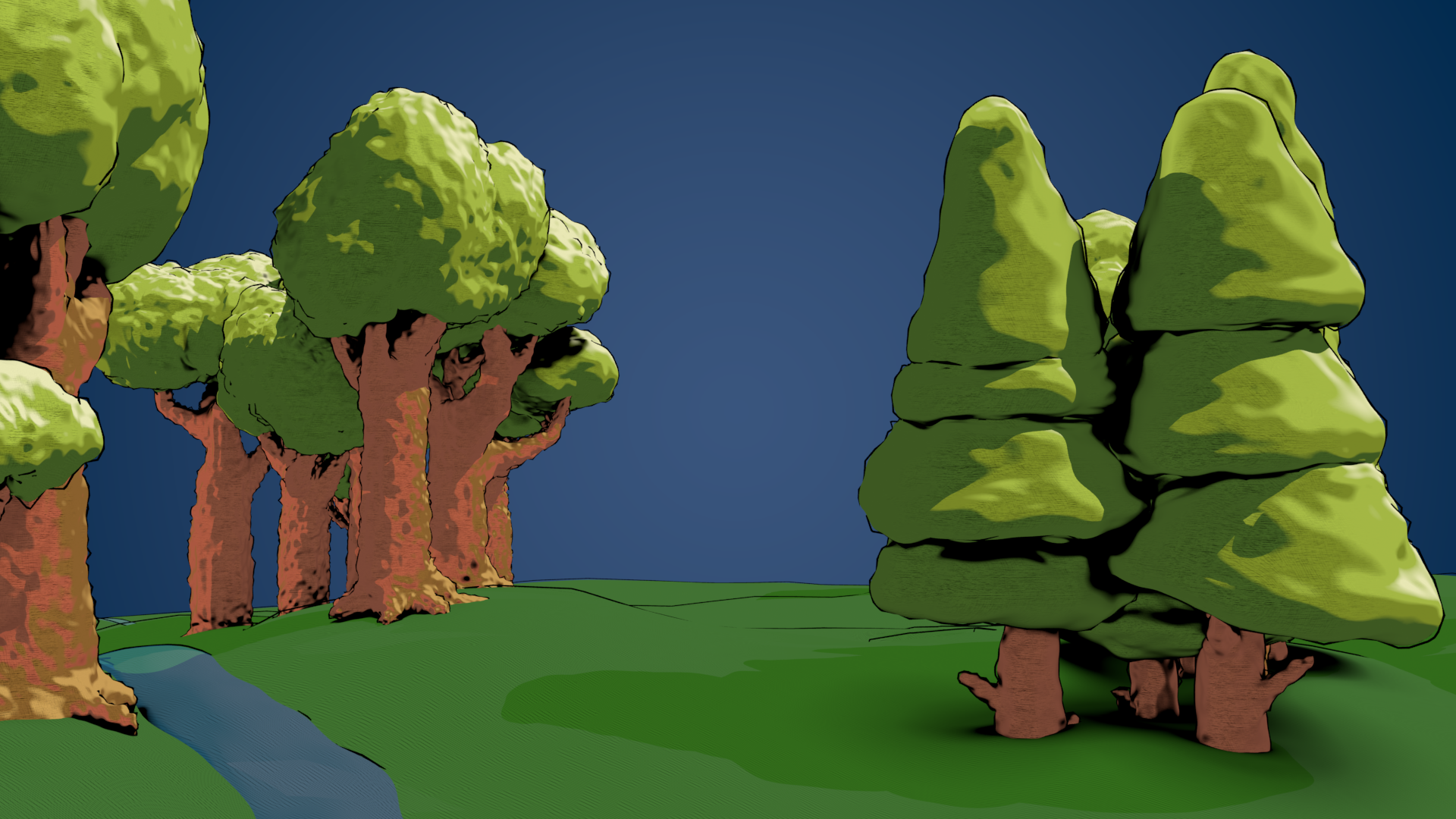As the final "VFX Challenge" of the Visual Effects Programme at George Brown College, we had to create a 3D map based on a book of our choosing. Having recently reread the original Winnie-The-Pooh stories, I quickly settled on this as my inspiration. Early during my research, I decided that I wanted to work mainly from the original stories and E.H. Sheppard sketches, and avoid the Disney style where I could. I hoped to capture the whimsical nature of the stories and images in my work. In particular, I was keen to try to use non-photorealistic rendering techniques to replicate the feel of the original ink and watercolour artwork.
I modelled the individual components of the map separately in ZBrush, quickly settling on a repeatable technique that gave a suitably rough feel to the models. I used the various tools in ZBrush for retopologizing the models and creating UVs, and then exported the pieces to Maya for assembly of the final scene. To generate a watercolour-like colour transition for shadows, I used layered textures in Maya to build up a surface shader that has clear transitions. Additional use of Maya's deformer tools and toon outline shaders added an extra element of interest and a sketchy effect. Finally, I projected names created in Adobe Illustrator to match the childlike handwriting used in the original Winnie-The-Pooh map by E.H. Sheppard (and, ostensibly, Christopher Robin as "me") onto the signboards.
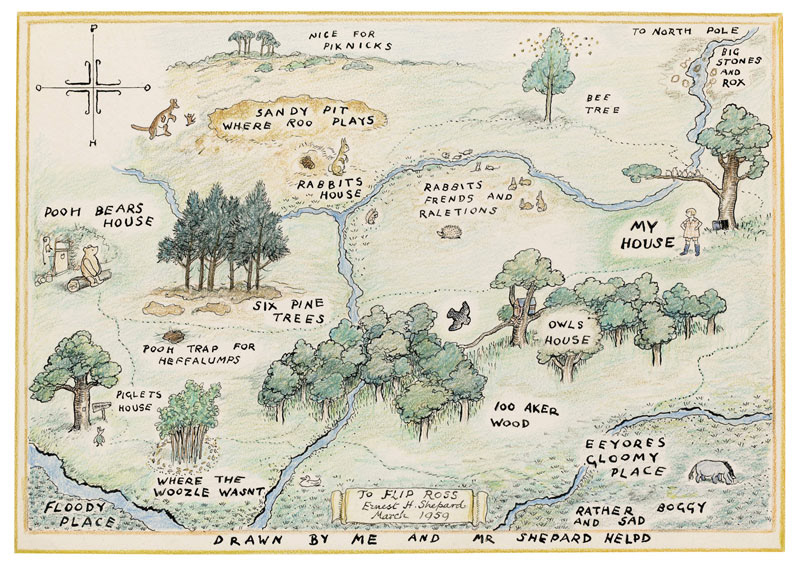
Original map by E.H. Sheppard
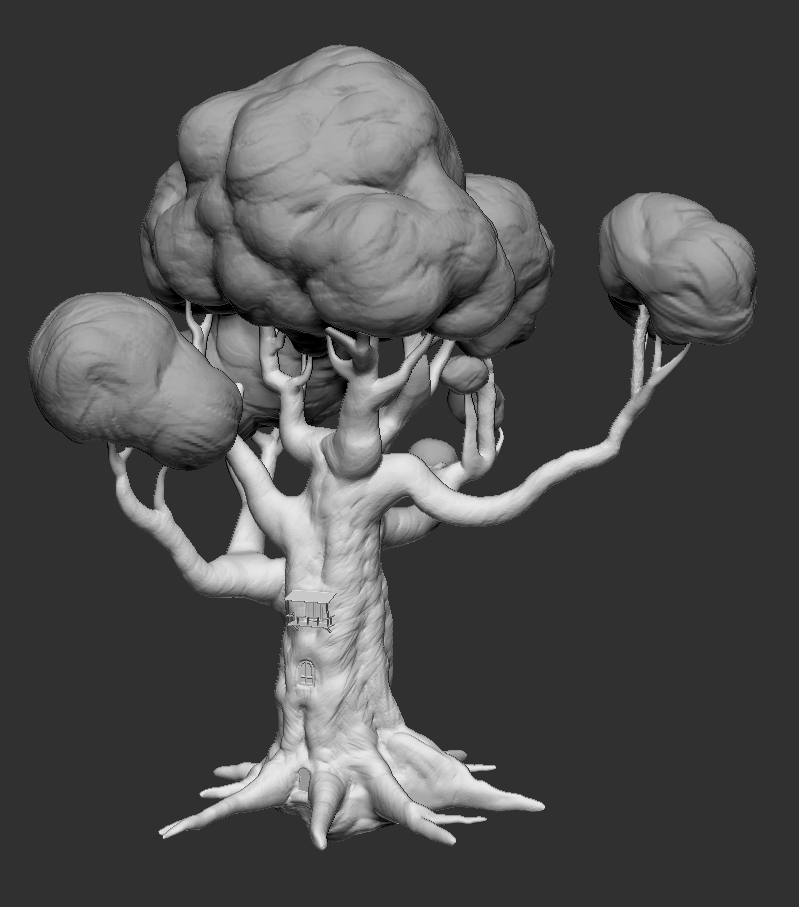
Piglet's house (ZBrush)
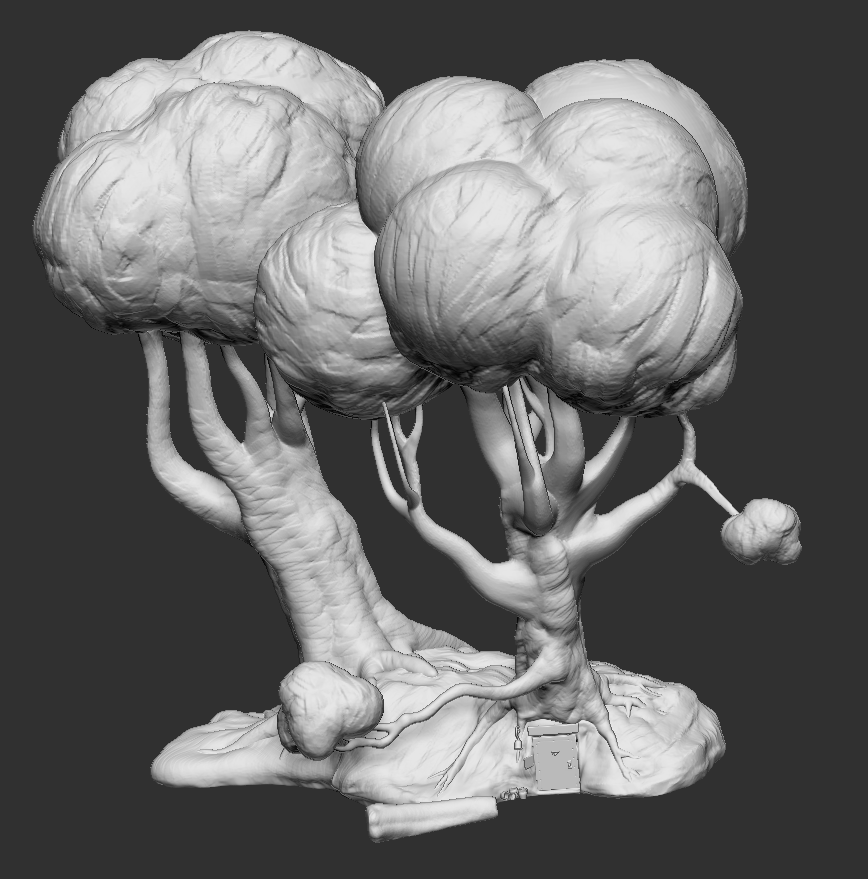
Pooh's House (ZBrush)

Christopher Robin's house
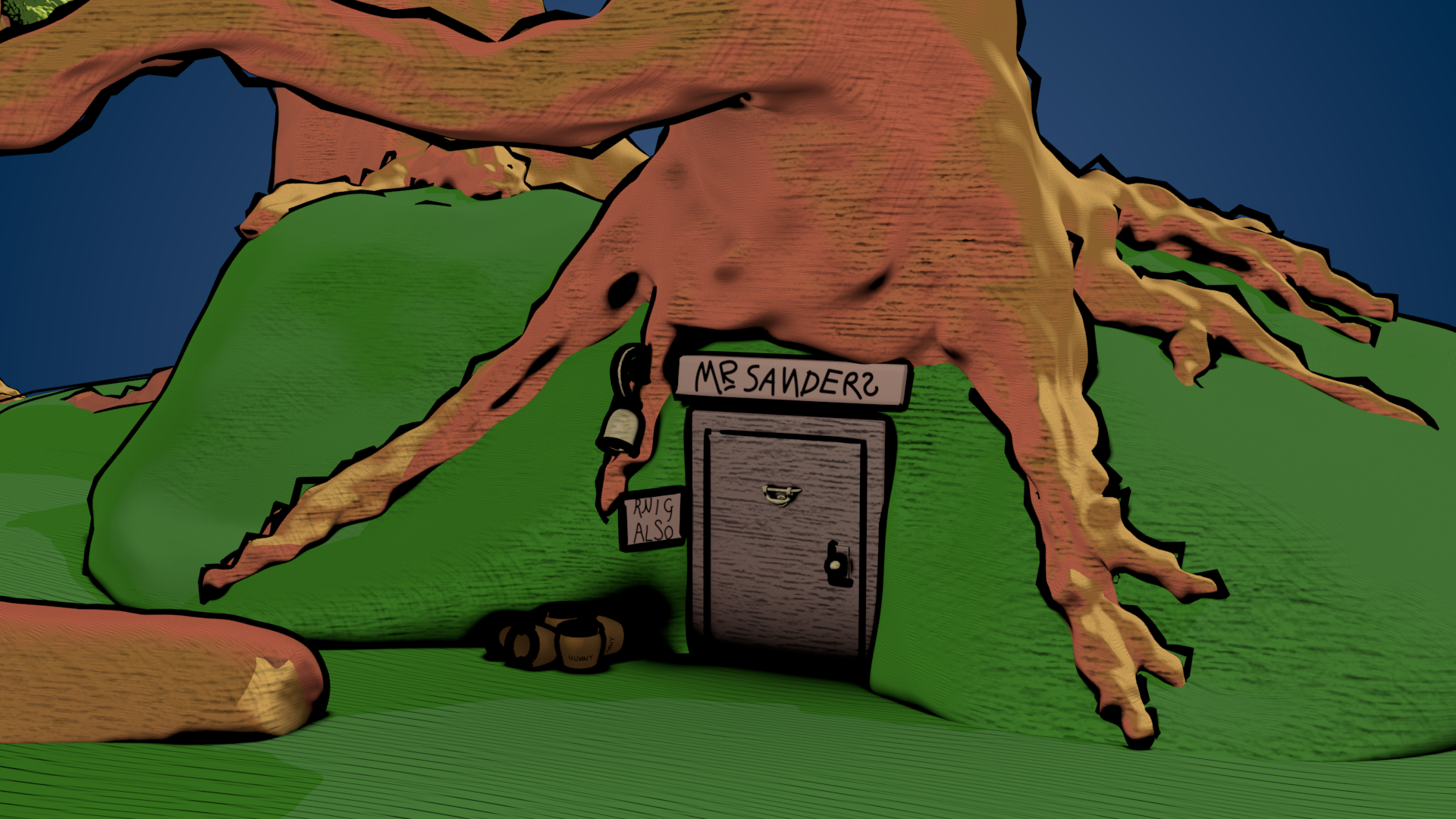
Pooh's house
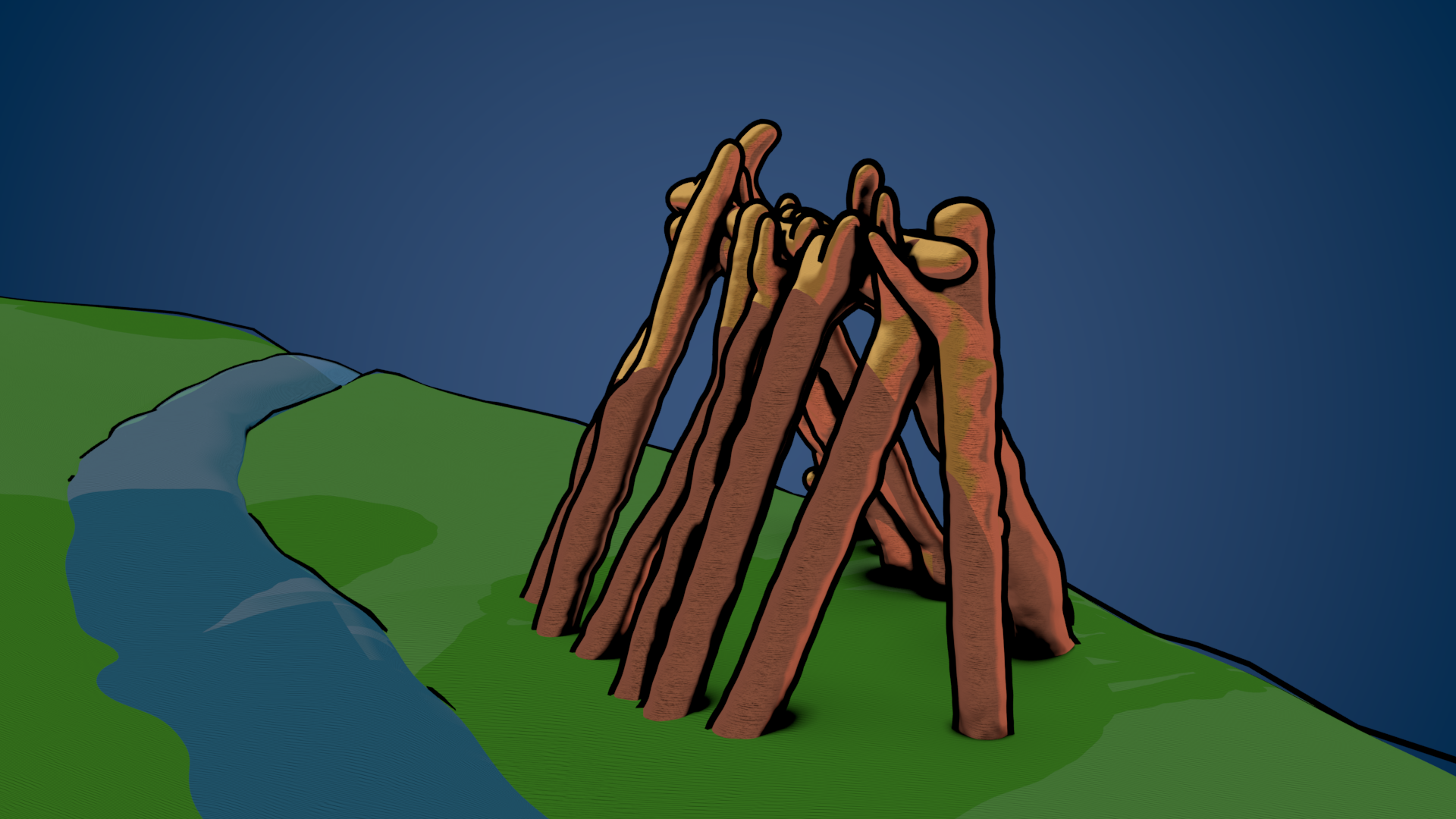
Eyeore's house
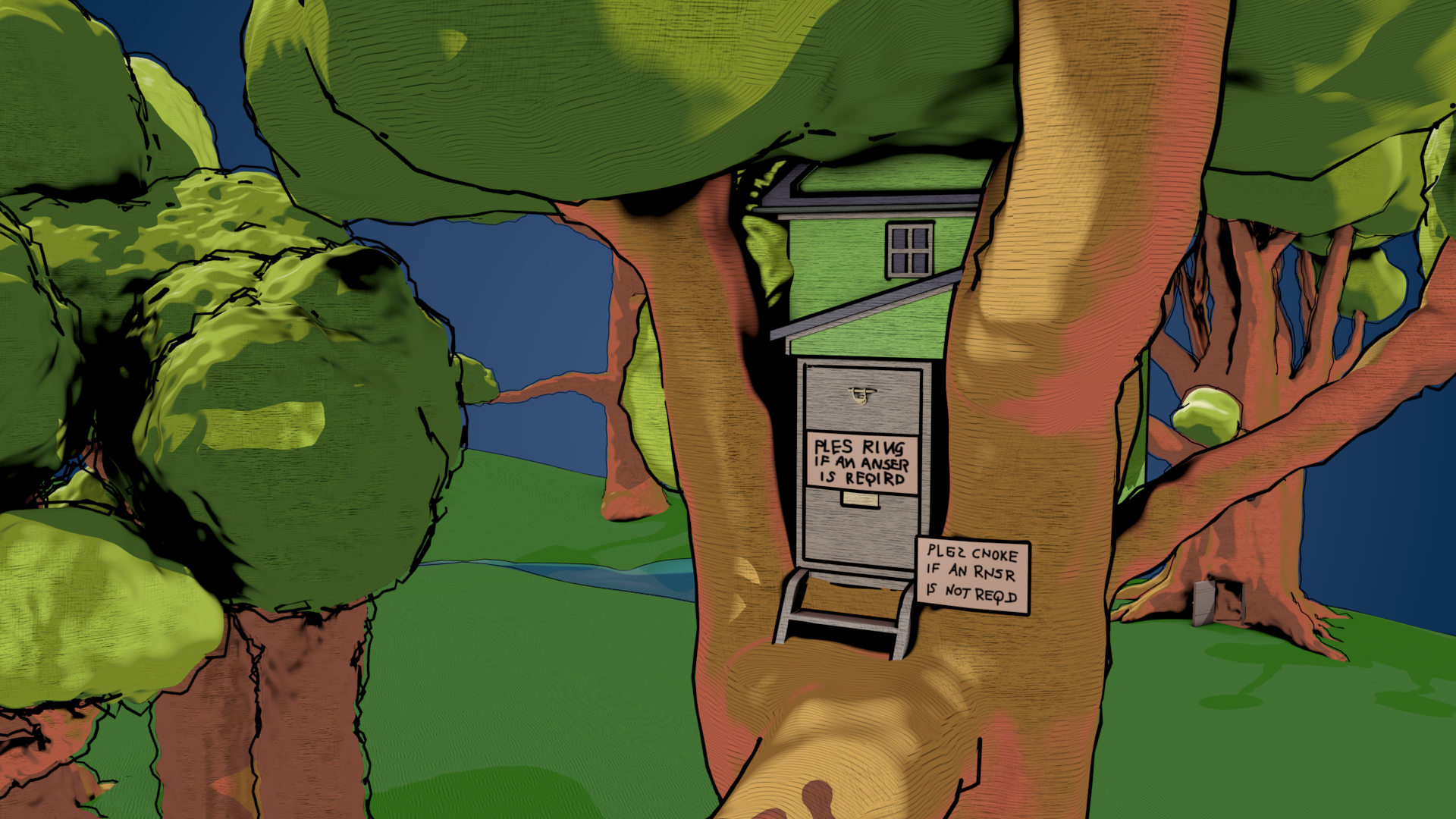
Owl's house

Side of owl's house

Piglet's house

Piglet's house
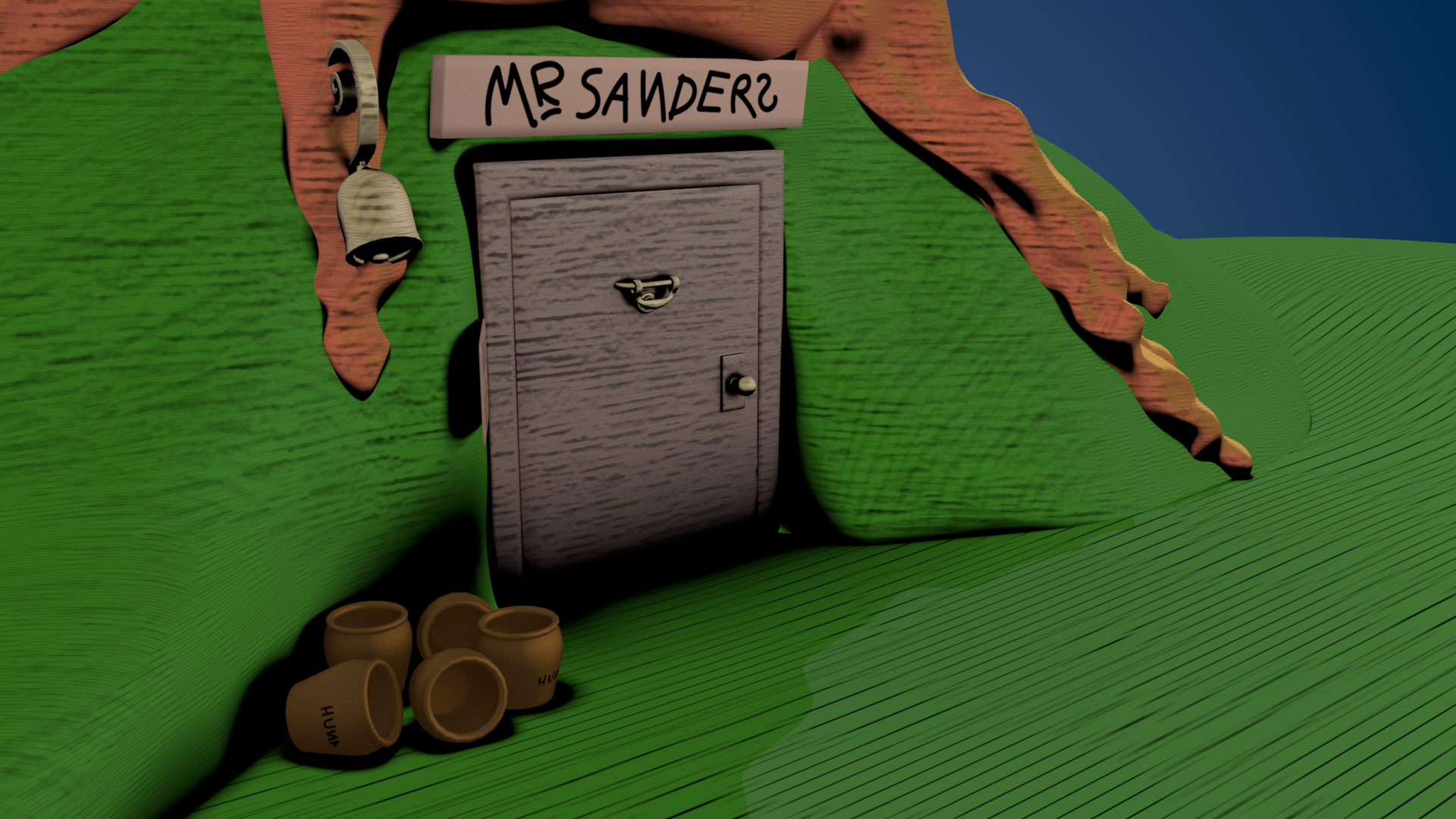
Pooh's house
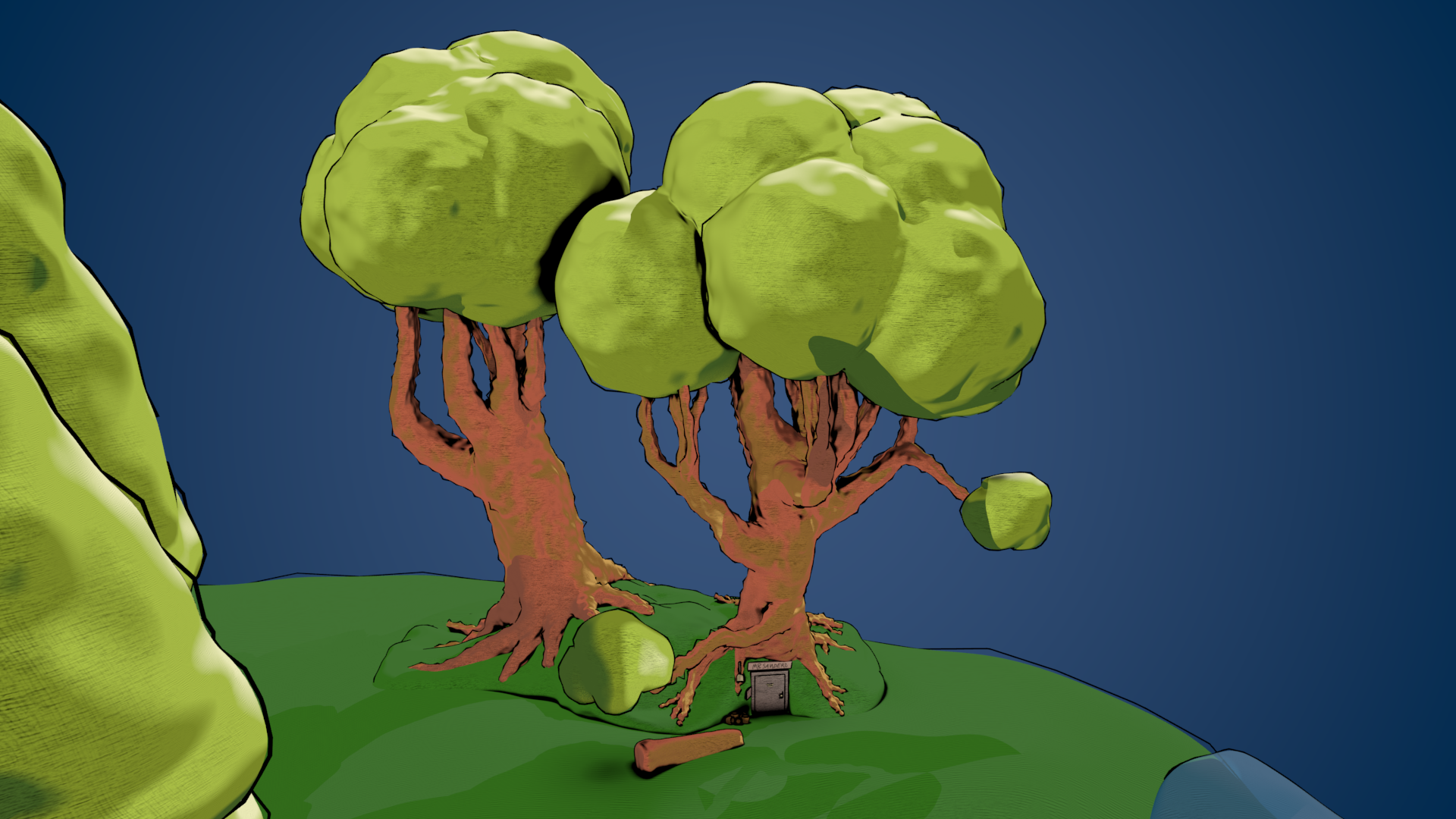
Pooh's house

Rabbit's house
